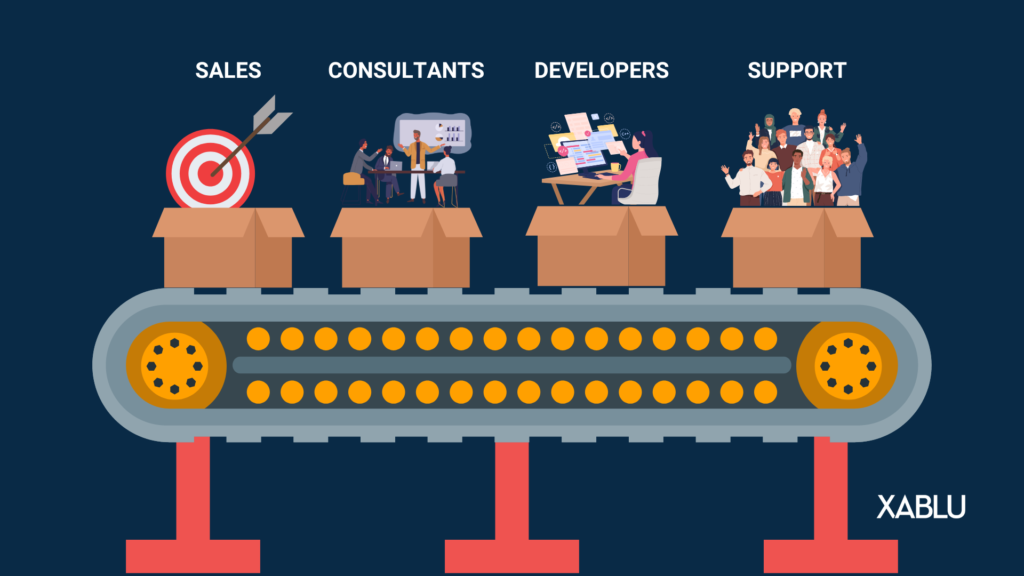
Agile Cooperation is a critical aspect of the Agile software development process, emphasizing the importance of close collaboration and communication between different departments, such as business stakeholders, developers, and operations. This principle, often ignored in practice, aims to break down silos and facilitate effective teamwork to deliver value to the customer in a predictable and repeatable way. To start small with Agile Cooperation, technical and business teams should come together to define their shared vision and goals, and regular meetings can help build trust and facilitate teamwork.

Agile Cooperation is a concept that originated from the Agile software development movement in the early 2000s. The Agile Manifesto, published in 2001, introduced a new approach to software development that prioritizes collaboration, flexibility, and customer value. As Agile practices became more widespread, it became evident that close collaboration and communication between departments, such as business stakeholders, developers, and operations, were crucial to the success of any Agile project.
One of the Agile Principles from the Agile Manifesto states that “business people and developers must work together daily throughout the project.” This led to the development of the Agile Cooperation concept, which emphasizes the significance of business and IT working together to deliver value to the customer. While daily Agile Cooperation is commonly implemented on the technical side, cooperation between technical and business teams is often overlooked. Over time, Agile Cooperation has evolved to include various practices and tools, including regular meetings, cross-functional collaboration, and the sharing of best practices and tools between IT teams. However, few of these practices focus on the cooperation between business and IT.
SAFe (Scaled Agile Framework) is one methodology that provides a vision for Agile Cooperation between business and IT. SAFe provides a useful framework for managing software development and delivery at scale across the entire organization. However, SAFe is complex and challenging to implement in a lasting manner. The success of any Agile methodology depends on the people involved and their ability to work together effectively, just like any other Agile methodology.
Breaking Silos with Agile Cooperation
Achieving Agile Cooperation between business and IT departments is essential for tearing down barriers between silos in a software development organization. It allows teams to collaborate and coordinate their efforts effectively and deliver value to the customer in a predictable and repeatable way. By working together, departments can share knowledge, tools, and best practices and align their priorities to ensure that everyone is working towards the same goals.
On the other hand, rigid adherence to processes and practices, without considering the maturity level, needs, and goals of the departments involved, can result from strictly following a methodology like SAFe. This can lead to decreased motivation, reduced collaboration, and a lack of innovation, negatively affecting the quality and delivery of the end product.
Starting Small with Agile Cooperation
The first step in implementing Agile Cooperation is for technical and business teams to come together and define their shared vision and goals. This should involve a collaborative process where both teams can discuss their needs, priorities, and expectations, leading to a shared understanding of their daily operations and aligned vision and objectives.
Regular meetings, similar to the PI Planning meeting in SAFe, can facilitate Agile Cooperation by bringing business stakeholders and developers together to align on priorities, resolve cross-team dependencies, and plan for the next iteration. By working closely together, both parties can build trust, understand each other’s perspectives, and work together effectively to deliver value to the customer.
Starting small and focusing on a meaningful operational topic for both teams can help cultivate a culture of collaboration and trust. By working together on topics that are important to both, business stakeholders and developers can build relationships, understand each other’s perspectives, and work together effectively to deliver value to the customer.
Please share your thoughts 😃
Curious how Xablu can help your organization ?